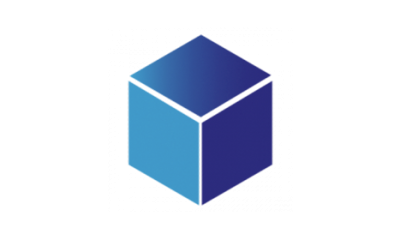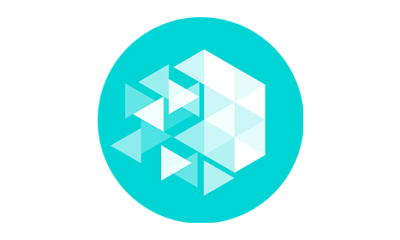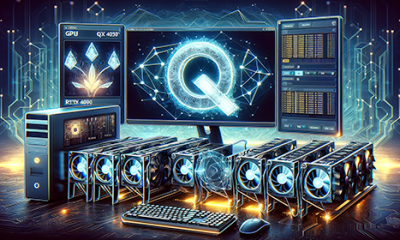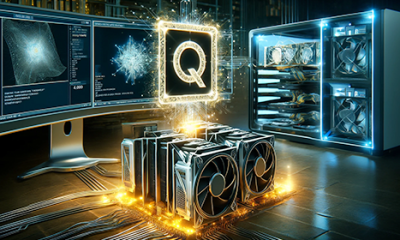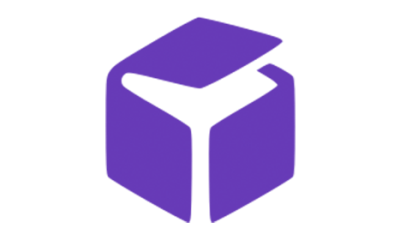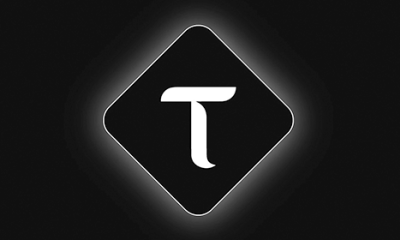DePIN
Aethir
A brief overview of Aethir, detailing its key facts, technological innovations, and funding sources.
In a nutshell
In this section, we present key facts about Aethir projects, providing a concise summary of the network participants and components. Additionally, we discuss the process for minting the token.
Some facts
| Executive Summary | N/A |
| Website | https://www.aethir.com/ |
| Whitepaper Publication Date | N/A |
| Whitepaper | N/A |
| Launch Date | N/A |
| Current Chain Status | Arbitrum |
| Repository | N/A |
| Token Details | N/A |
Short summary
Aethir stands out as the sole enterprise-grade, AI-focused GPU-as-a-service provider in the market. Its decentralized cloud computing infrastructure connects GPU providers (containers) with enterprise clients requiring high-performance H100 chips for advanced AI/ML projects. Aethir also caters to cloud gaming clients through virtual computing phones and GPUs, maintaining contracts with the world’s largest telecommunication company. The entire Aethir ecosystem is decentralized and community-owned. Selling licenses for checker nodes is a critical component of the Aethir ecosystem, enabling users to operate as independent node operators who validate computing tasks performed by Containers, earning $ATH tokens as rewards. Fifteen percent of the total $ATH token supply is allocated to these checkers.
How to mint tokens?
N/A
What role can I play in the system
- Governance: ATH token holders have the ability to vote on key governance decisions within the Aethir ecosystem.
- Staking: Aethir containers can stake ATH tokens in exchange for computing power, enabling them to earn future ATH rewards.
Tech innovations
N/A
Funding
Maelstrom (Arthur Hayes), Mirana Ventures (Bybit), Animoca Brands, Sanctor Capital, Hashkey, Merit Circle, CitizenX, IVC, Framework Ventures, and Infinity Ventures Crypto are prominent entities involved.
DePIN
RunPod Raises $20M in Seed Funding Co-led by Intel Capital and Dell Technologies Capital
RunPod is attracting developers from across industries and accelerating platform growth
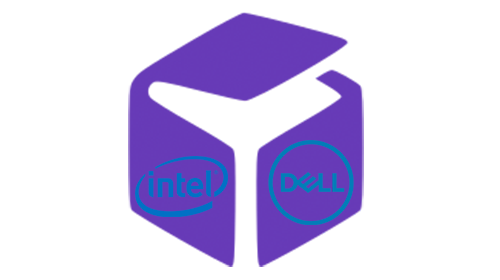
RunPod, a cloud platform enabling developers to deploy custom AI applications, announced a $20M Seed funding round today, co-led by Intel Capital and Dell Technologies Capital, with additional investors including Julien Chaummond, Nat Friedman, and Adam Lewis. Mark Rostick from Intel Capital will join RunPod’s board.
The platform provides globally distributed GPU cloud computing for AI model training, deployment, and scaling. With products like GPU Cloud and Serverless, developers can quickly launch GPU instances and autoscale AI model APIs in production.
Amjad Masad, an investor, praised RunPod for enhancing developer experiences, enabling rapid AI app development. RunPod’s capabilities have led to significant growth, including a 10-fold revenue increase year over year.
Zhen Lu, RunPod’s CEO, highlighted the platform’s evolution from a developer playground to a robust community of over 100K developers. The platform meets rising computational demands for AI workloads, offering a cost-effective alternative to traditional cloud services.
Mark Rostick noted RunPod’s rapid growth, expanding its user base and revenue through its broad, user-friendly platform. Recently, RunPod also introduced CPU compute instances, enhancing its comprehensive cloud solutions. This funding will further support RunPod’s expansion, enhance developer tools, and foster new partnerships.
Source: https://www.businesswire.com/news/home/20240508053225/en/RunPod-Raises-20M-in-Seed-Funding-Co-led-by-Intel-Capital-and-Dell-Technologies-Capital
DePIN
Helium
A brief overview of Helium, detailing its key facts, technological innovations, and funding sources.

In a nutshell
In this section, we present key facts about Helium projects, providing a concise summary of the network participants and components. Additionally, we discuss the process for minting the token.
Some facts
| Executive Summary | Mining HNT for setting up hotspot. |
| Website | https://www.helium.com/ |
| Whitepaper Publication Date | 2018/11/14 |
| Whitepaper | http://whitepaper.helium.com/ |
| Launch Date | 2020/06/11 |
| Current Chain Status | Solana |
| Repository | https://github.com/helium |
| Token Details | https://coinmarketcap.com/currencies/helium/ |
Short summary
Founded in 2019, the Helium Network is a decentralized wireless network built on blockchain technology that enables both people and devices to connect to the Internet. It rewards participants who set up wireless hardware with Helium’s native token, HNT, encouraging them to help expand and maintain the network’s coverage. Often referred to as “The People’s Network,” it is distinctively owned and operated by its community instead of a centralized authority.
Initially, Helium launched as an IoT-focused network using LoRaWAN technology, which quickly gained traction as hundreds of thousands of individuals globally installed nearly 1 million “hotspots” to provide IoT coverage.
Helium’s scope extends beyond IoT applications, as it now includes advancements into other wireless technologies such as a CBRS-based cellular network and an upcoming WiFi network. This strategy underlines Helium’s commitment to flexibility and future-readiness, aiming to develop more cost-effective, efficient, and accessible wireless networks for the future.
How to mint tokens?
To earn HNT tokens, you need to operate an IoT hotspot by acquiring a Helium hotspot device, which serves as a node within the network. This device offers wireless coverage to either IoT or 5G cellular devices. As a node operator, you’ll receive HNT tokens as a reward for covering areas and transmitting data across the network.
Maximizing your mining rewards from Helium’s IoT network involves several strategies:
- Location: The placement of your hotspot is crucial. Hotspots in areas with excessive coverage will typically earn less compared to those in locations needing more coverage. Conversely, for data transmission rewards, positioning your hotspot in a densely populated area could be more beneficial. Tools like the Helium Explorer website or app can help assess the network density and coverage in your location.
- Antenna Placement: The way you set up your hotspot’s antenna significantly affects your mining rewards. Ideally, the antenna should be placed as high as possible and free from obstructions to maximize range and improve data transmission to and from nearby devices.
- Power and Internet Connectivity: Continuous power and a reliable internet connection are essential for your hotspot to function and participate in the network. Ensuring that your hotspot is always connected and has a backup power solution minimizes downtime and maintains your mining activity.
What role can I play in the system
The Helium Network involves two key types of participants:
- Client: Clients utilize HNT tokens to access network services, connecting various devices like IoT sensors and mobile phones to the Internet. This connectivity supports various IoT applications such as asset tracking, temperature monitoring, and other low-bandwidth data transmissions.
- Miners: These participants supply hotspot coverage to the Helium network. Their primary role involves operating hotspots. Miners are rewarded with new HNT tokens generated during block minting, earning through both block creation and transaction fees from the activities processed within the blocks. However, miners also risk penalties, including the potential loss of a portion of their collateral if they fail to provide valid proofs or if proofs are missing.
Tech innovations
Every project aiming for long-term viability must incorporate technological advancements into its offerings. In the cryptocurrency sector, such innovations typically focus on mechanisms designed to thwart potential security breaches. For established projects, it’s essential to comprehensively outline in their protocols the specific threats they’re designed to mitigate and the mechanisms employed for protection. Take the Helium project, for example, which incorporates innovative features like proof-of-coverage and proof-of-location.
Helium’s architecture includes stringent security measures to defend against three major types of attacks that could be exploited by dishonest miners seeking undue rewards: Sybil attacks, alternate reality attacks, and generation attacks.
- Sybil Attacks: Here, malicious miners might generate multiple fake identities to manipulate the network and illicitly claim block rewards.
- Alternate Reality Attacks: In this scenario, a group of dishonest miners might falsify evidence that they are providing genuine wireless network coverage. They could, for instance, run mining software on a single machine while fabricating GPS data and radio frequency signals.
To counteract these threats, Helium utilizes Proof-of-Coverage (PoC) and Proof-of-Location (PoL):
- Proof-of-Coverage (PoC) is an innovative verification mechanism that requires miners to demonstrate that they are actively providing network coverage. This is bolstered by Proof-of-Serialization, which anchors these proofs to ensure their legitimacy.
- Proof-of-Location (PoL) allows for the verification of a device’s physical location without the need for high-cost, energy-intensive satellite technologies. Using WHIP (a protocol for secure, verifiable location claims), devices can assert their geographic position at any given time, with this information securely recorded on the blockchain.
Funding
Over the past decade, Helium has successfully secured $365 million USD in funding.
DePIN
Render Network
A brief overview of Render Network, detailing its key facts, technological innovations, and funding sources.
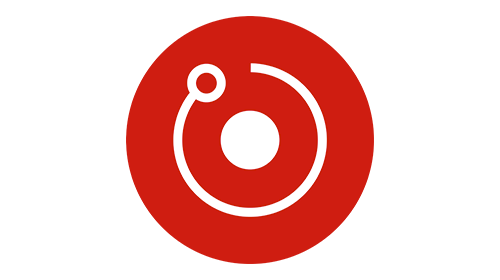
In a nutshell
In this section, we present key facts about Render Network projects, providing a concise summary of the network participants and components. Additionally, we discuss the process for minting the token.
| Executive Summary | Mining RNDR using your spare GPU. |
| Website | https://rendernetwork.com/ |
| Whitepaper Publication Date | 2017/08/28 |
| Whitepaper | https://aidepin.s3.amazonaws.com/Render-Whitepaper.pdf |
| Launch Date | 2017/12/17 |
| Current Chain Status | Solana |
| Repository | https://github.com/rendernetwork/ |
| Token Details | https://coinmarketcap.com/currencies/render/ |
Short summary
The Render Network is the pioneering decentralized GPU rendering platform, enabling artists to scale GPU rendering tasks globally on-demand using high-performance GPU Nodes. This blockchain-based marketplace taps into idle GPU compute power, offering artists the opportunity to perform advanced rendering tasks at significantly reduced costs and dramatically faster speeds compared to traditional centralized GPU clouds. The platform connects users, referred to as “Creators,” who need rendering services with “Node Operators,” individuals who register their idle GPUs to process rendering jobs. In return for their services, Node Operators earn RNDR Tokens.
The system consists of the following key components:
- The Ledger: The Render Network protocol can operate on any ledger that allows for the verification of Render’s specific proofs, including proof-of-work and proof-of-finish.
- The Market: Users can upload render jobs to the ledger, which then allocates multiple machines to execute the rendering task.
How to mint tokens?
To earn tokens on the Render Network, you must register your idle GPUs and become a “Node Operator”. As a Node Operator, you can receive RNDR Tokens by taking on jobs from users, known as “Creators”, who require rendering services. The Render Network retains a small portion of the RNDR Tokens paid to sustain the network and manage transactions. Here’s how you can connect your node and begin earning tokens:
- Download and install the application provided by The Render Network Team.
- Launch and operate the Render Network client.
What role can I play in the system
The participants in the system include:
- Client: Clients spend RNDR to submit render jobs.
- Miners: They provide GPUs to the Render system. If their GPUs are hired by clients, they will receive RNDR token as rewards.
Tech innovations
In addition to its token-based rendering model, the Render Network boasts a notable innovation: OctaneRender. This is the world’s first and fastest GPU-accelerated renderer that achieves physical accuracy.
Funding
In 2021, the Render Network secured $30 million in a funding round supported by leading firms including Multicoin, Solana, and Alameda. The investment is earmarked for doubling the Render Network’s customer base and enhancing its rendering system to deliver superior NFT models.

